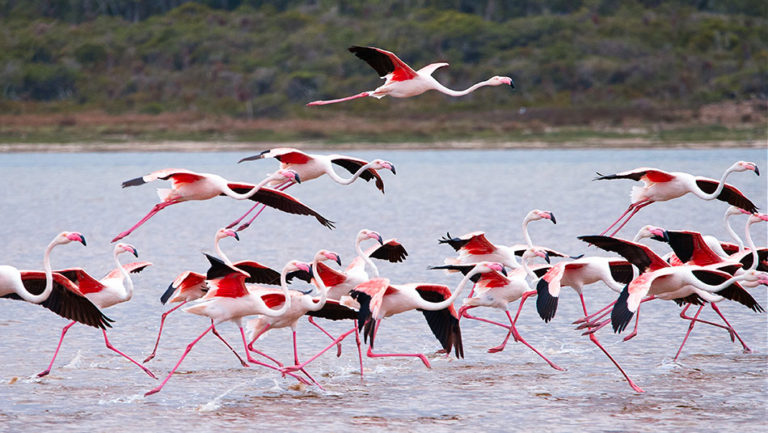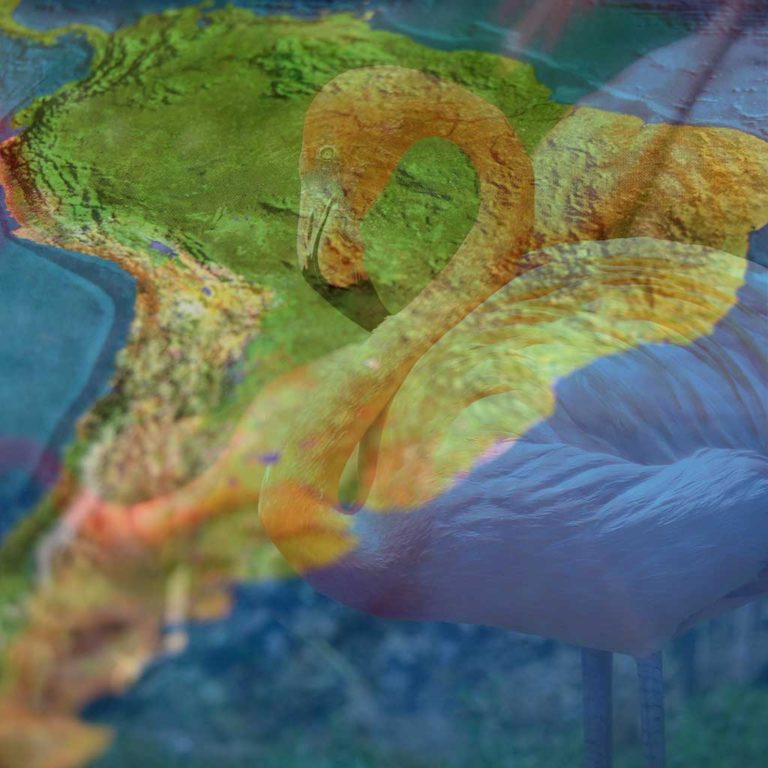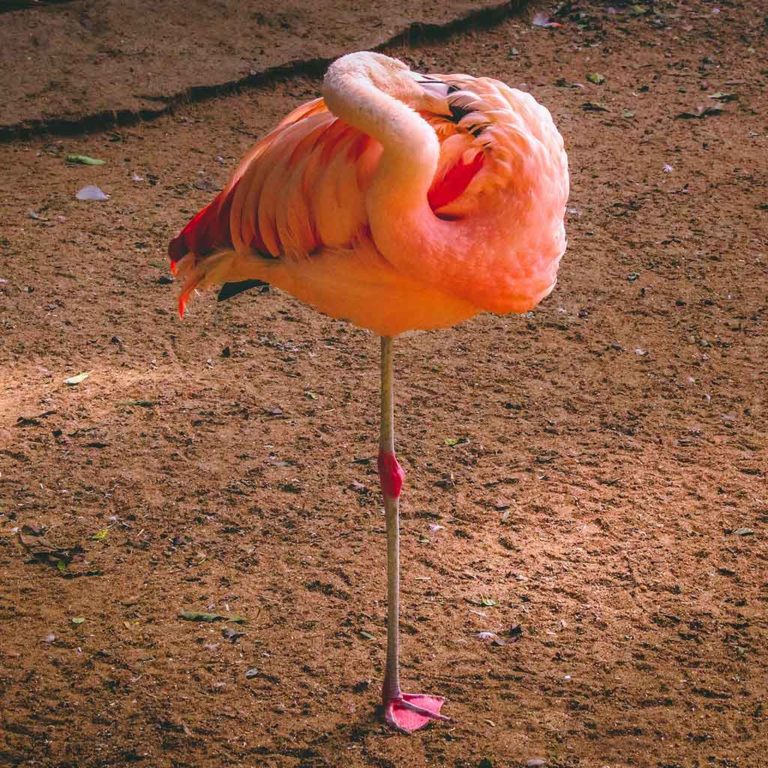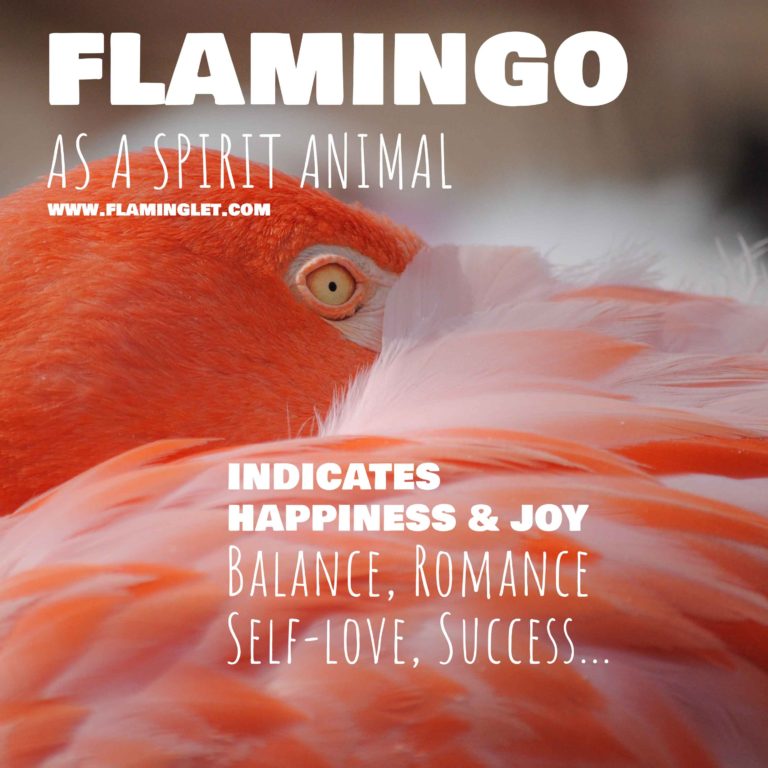Why Do Flamingos Like Mirrors?
Flamingos living in zoos around the world seem to have a noticeable interest in mirrors. Do they like to observe themselves from a mirror, or what this behavior is all about?
So, do flamingos like mirrors? Flamingos are group animals, and they are continually interacting with a large flock in their natural inhabitant. Mirrors are creating an impression of a larger flock, and that is why flamingos like to spend more time closer to mirrors. Flamingos are known to breed in large groups with rich social stimulation, and in small groups, they often stop breeding totally.
Does flamingo recognize itself from its mirror image?
Some rare birds do recognize themselves when they look into a mirror, but flamingos do not belong to this group. When they see their own reflection they react as they are just seeing another flamingo.
Are wild flamingos also attracted to mirrors?
Mainly captive flamingos are observed to display increased interest towards mirrors while wild flamingos don’t show any particular interest towards mirrors.
Flamingos as species are not generally interested in their own reflection. This means that individual flamingo may not actually even recognize itself from the mirror.
So, the whole idea that flamingos like mirrors is slightly incorrect. Only captive or artificially isolated small groups of flamingos may spend more time around mirrors because mirrors give them an impression of larger flock and safety around them.
Naturally, all animals are curious and may occasionally stop to wonder reflective surfaces. But, wild flamingos do not have any more interest in mirrors than other birds.
How do flamingos then show interest in mirrors?
Flamingos living in captivity are known to build nests close to mirrors. This observation supports the idea that flamingos need an environment with a large flock to breed and interact with the nesting process.
They also are reported to have more group behavior in front of mirrors. This group behavior means making sounds, movement, and some postures that flamingos make are indications of group behavior or flock communication.
One of the most interesting things flamingos do in the wild is marching displays. They walk in tight groups, their heads extended, making sounds and doing head-flagging by moving their head left and right quickly in an interesting rhythm.
The marching displays are increased when zoos introduce mirrors to flamingos that live in captivity. This seems to be highly social behavior that needs a larger audience and the mirrors do the trick. In smaller flamingo groups these marching displays seem to disappear totally.
Even the individual flamingo does may not recognize itself from the mirror, the multitude of reflections from mirrors around them seems to trigger these inborn behaviors. This proves that flamingos are highly social, even in their reaction to their mirror image.
What else do zoos use to create an impression of a larger flock of flamingos?
Flamingo breeding is connected to flock size. Zoos usually have a smaller amount of flamingos and need to use some ways to create an impression of a larger flock to help flamingos breed.
These are reported to increase flamingos’ group behavior and nesting:
- Playing larger flock flamingo sounds to flamingos
- Plastic flamingo dummies
- Fake nests and dummy eggs
Some zoo experts report that a minimum of 30 – 40 flamingos are needed for them to lay eggs. And there seems to be a correlation of the size of the flamingo colony to the amount they are laying eggs and making new chicklets.
Can I attract wild flamingos with mirrors to my garden?
You will most likely fail to attract wild flamingos with mirrors to your garden.
Wild flamingos do not seem to have any particular interest, compared to other birds, in checking their reflection on mirrors.
Flamingos living in captivity respond mirrors because the captive birds are lacking and graving for group interaction, and the safety that a large group brings. This need does not exist in wild flamingos’ natural living circumstances.
Wild flamingos usually belong to much larger flocks, and natural flamingo colonies may have thousands of birds. Wild birds most likely prefer the safety and natural communication of their massive colonies.
If you live close to a natural flamingo colony, wild flamingos may visit your garden occasionally, but not for checking how they look today in a mirror.
What does the flamingos’ behavior with mirrors reveal to us about flamingos?
As species, flamingos do not have a need to check their reflection on mirrors. They may not even recognize themselves as individuals from a mirror image.
In captivity, flamingos’ interest towards mirrors is happening because of isolation, and they are looking for safety and communication from the larger flock, and mirrors help to create that illusion.
Flamingos are highly connected with their colonies and find safety from belonging to large groups of flamingos. Often natural colonies have thousands of birds.
The larger the colony is, the more it creates security for flamingos in it. Without this safety and group interaction, flamingos stop nesting and displaying their mating habits.
Flamingos need a vivid group interaction and large colony size to make their species flourish. It is quite difficult to make flamingos breed in isolation or smaller groups, such as zoos.



